So far our #10plagues have included lifestock pestilence & swarms of  https://abs.twimg.com/emoji/v2/... draggable="false" alt="🦟" title="Mosquito" aria-label="Emoji: Mosquito">. In Exodus, the third plague brings the humble louse—bearer of typhus, a mostly forgotten disease. But "war fever" haunted the (early) modern military state, from armies + jails to borders + refugee camps. 1/
https://abs.twimg.com/emoji/v2/... draggable="false" alt="🦟" title="Mosquito" aria-label="Emoji: Mosquito">. In Exodus, the third plague brings the humble louse—bearer of typhus, a mostly forgotten disease. But "war fever" haunted the (early) modern military state, from armies + jails to borders + refugee camps. 1/
Typhus (not to be confused with typhoid) is the work of Rickettsia bacteria, named for a scientist they killed. Its epidemic form travels in  https://abs.twimg.com/emoji/v2/... draggable="false" alt="💩" title="Pile of poo" aria-label="Emoji: Pile of poo"> of the body louse, which eats only human blood. Meaning "hazy", typhus brings spots, fingertip gangrene +a delirious "besotted" look. 2/
https://abs.twimg.com/emoji/v2/... draggable="false" alt="💩" title="Pile of poo" aria-label="Emoji: Pile of poo"> of the body louse, which eats only human blood. Meaning "hazy", typhus brings spots, fingertip gangrene +a delirious "besotted" look. 2/
When they’ve actually noticed it, scholars have depicted "General Typhus" as the world& #39;s greatest military leader, nemesis of Charles V and Napoleon. But typhus undermines that portrait gallery view of history. It was a disease of squalor, unhappy crowds, and state violence. 3/
Typhus has been blamed for the plague of 430 BC that killed ⅓ of Athenians, weakening the upstart power during the Peloponnesian War. Thucydides survived to deliver the first great Western historical account of war & disease. Boris Johnson’s hero Pericles was not so lucky. 4/
But for once it may have been innocent. Typhus often kills its host (itself a tempting war metaphor...), an antagonism that suggests the pathogen-vector relationship is recent. As biologist Hans Zinsser wrote in his pioneering posthuman "biography" Rats, Lice & History (1935): 5/
Legend has it that the Crusades brought typhus to Europe from the Middle East. The C19th French historian Michelet was less convinced of an external origin, noting Christianity& #39;s veneration of filth. The Middle Ages& #39; war "against the flesh and all cleanliness bore its fruits". 6/
More than urbanisation or trade, Europe& #39;s newly huge—and unwashed—armies opened the door. The louse& #39;s first world-historical intervention gave Charles V a miraculous victory at Naples in 1528, killing 20,000 besieging Frenchmen to solidify a "realm on which the sun never set". 7/
"Armies of pestilence" were a symbol of God& #39;s capricious favour, as Shakespeare& #39;s Richard II knew. In turn, typhus thwarted Charles& #39;s attempt to bring Protestants to heel in 1552. Yet Geoffrey Parker& #39;s 760p new bio mentions typhus only twice—once more than the king& #39;s scrotal itch
Typhus& #39;s other longstanding nickname was "gaol fever". It killed ¼ of inmates and many magistrates in England& #39;s filthy, overcrowded prisons—the "Black Assizes" of Cambridge, Exeter, Taunton & London. When 300 died in Oxford in 1577, locals blamed a curse by one Rowland Jenkes. 9/
Meanwhile, typhus—aka "tabardillo" (red cloak)—set sail with smallpox + measles. These "virgin-soil epidemics" devastated the New World: indigenous populations declined by 90%. At least 22 typhus epidemics struck Mexico up to C20th, usually in times of drought & dislocation. 10/
Back home, the diseases also flourished together during the C17th Little Ice Age, with its disrupted harvests & endless warfare. Typhus especially enjoyed the 30 Years War (1618–48), a strikingly pointless & brutal conflict even by Europe& #39;s standards that killed 4–12 million. 11/
Mercenaries went marauding when demobilized w/o pay each winter, ransacking farms and pouring excrement down villagers& #39; throats to make them give up food. ~⅓ German population died. The resulting lag perhaps shaped united Germany’s world-wrecking empire envy 250 years later. 12/
Bar mass witch burnings, arguably the most creative legacy of this overlap between religious wars + disease may have been the embrace by the Calvinistic Dutch of new, worldly swearwords. In Amsterdam you can still be told to "typhus off" (optyfussen). 13/ https://www.economist.com/europe/2020/03/26/why-dutch-swear-words-are-so-poxy">https://www.economist.com/europe/20...
In Ireland, typhus killed 65,000 in 1817, the Year Without a Summer. It returned during the Famine, decimating whole villages. Fleeing in the notorious coffin ships, migrants brought "Irish fever" to Liverpool & then westwards. Canada quarantined them in deadly fever sheds. 15/n
In the US, "Irish" became a playground insult. In 1858 Staten Islanders burned the Irish-filled Quarantine Hospital to the ground. Stereotypes of disease & whiskey-sozzled funeral wakes dogged Irish Americans for decades, until they managed to trade up into white chauvinism. 16/n
Typhus was becoming a humiliating disease of the Old World fringes, ominously overladen with antisemitism. In 1892 stricken Russian Jews were quarantined on the East River, creating panic. Like Turkey and Marseilles, @nytimes called for the US to shut its doors to "Hebrews". 17/n
Uplifting news arrived in 1904–5: the Russo-Japanese War was the first major conflict in which fighting killed more soldiers than disease. Huzzah!  https://abs.twimg.com/emoji/v2/... draggable="false" alt="🇬🇧" title="Flag of United Kingdom" aria-label="Emoji: Flag of United Kingdom">
https://abs.twimg.com/emoji/v2/... draggable="false" alt="🇬🇧" title="Flag of United Kingdom" aria-label="Emoji: Flag of United Kingdom"> https://abs.twimg.com/emoji/v2/... draggable="false" alt="🇺🇸" title="Flag of United States" aria-label="Emoji: Flag of United States"> observers credited Japan for developing "aseptic fighting", led by a rationalised, scientific permanent army medical corps. 18/n
https://abs.twimg.com/emoji/v2/... draggable="false" alt="🇺🇸" title="Flag of United States" aria-label="Emoji: Flag of United States"> observers credited Japan for developing "aseptic fighting", led by a rationalised, scientific permanent army medical corps. 18/n

 Read on Twitter
Read on Twitter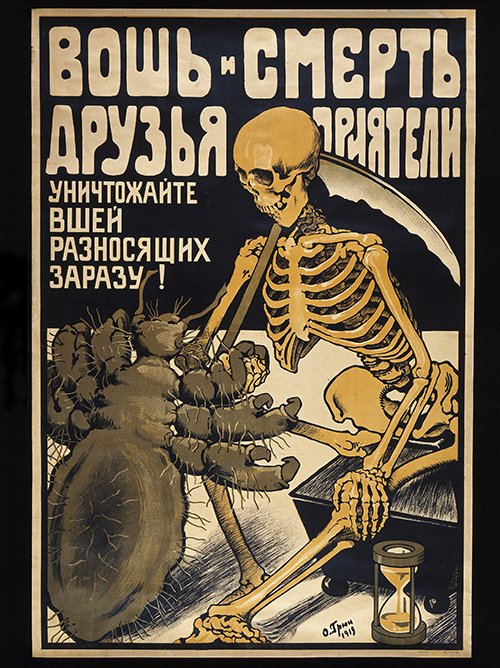 . In Exodus, the third plague brings the humble louse—bearer of typhus, a mostly forgotten disease. But "war fever" haunted the (early) modern military state, from armies + jails to borders + refugee camps. 1/" title="So far our #10plagues have included lifestock pestilence & swarms of https://abs.twimg.com/emoji/v2/... draggable="false" alt="🦟" title="Mosquito" aria-label="Emoji: Mosquito">. In Exodus, the third plague brings the humble louse—bearer of typhus, a mostly forgotten disease. But "war fever" haunted the (early) modern military state, from armies + jails to borders + refugee camps. 1/" class="img-responsive" style="max-width:100%;"/>
. In Exodus, the third plague brings the humble louse—bearer of typhus, a mostly forgotten disease. But "war fever" haunted the (early) modern military state, from armies + jails to borders + refugee camps. 1/" title="So far our #10plagues have included lifestock pestilence & swarms of https://abs.twimg.com/emoji/v2/... draggable="false" alt="🦟" title="Mosquito" aria-label="Emoji: Mosquito">. In Exodus, the third plague brings the humble louse—bearer of typhus, a mostly forgotten disease. But "war fever" haunted the (early) modern military state, from armies + jails to borders + refugee camps. 1/" class="img-responsive" style="max-width:100%;"/>
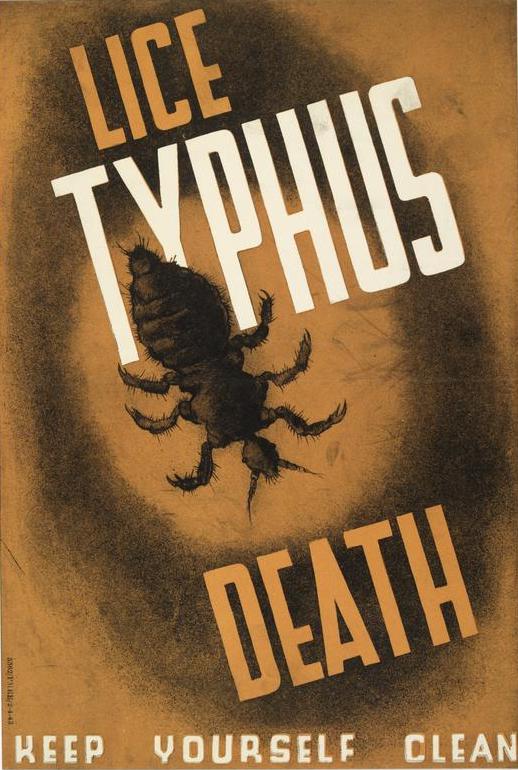 of the body louse, which eats only human blood. Meaning "hazy", typhus brings spots, fingertip gangrene +a delirious "besotted" look. 2/" title="Typhus (not to be confused with typhoid) is the work of Rickettsia bacteria, named for a scientist they killed. Its epidemic form travels in https://abs.twimg.com/emoji/v2/... draggable="false" alt="💩" title="Pile of poo" aria-label="Emoji: Pile of poo"> of the body louse, which eats only human blood. Meaning "hazy", typhus brings spots, fingertip gangrene +a delirious "besotted" look. 2/" class="img-responsive" style="max-width:100%;"/>
of the body louse, which eats only human blood. Meaning "hazy", typhus brings spots, fingertip gangrene +a delirious "besotted" look. 2/" title="Typhus (not to be confused with typhoid) is the work of Rickettsia bacteria, named for a scientist they killed. Its epidemic form travels in https://abs.twimg.com/emoji/v2/... draggable="false" alt="💩" title="Pile of poo" aria-label="Emoji: Pile of poo"> of the body louse, which eats only human blood. Meaning "hazy", typhus brings spots, fingertip gangrene +a delirious "besotted" look. 2/" class="img-responsive" style="max-width:100%;"/>

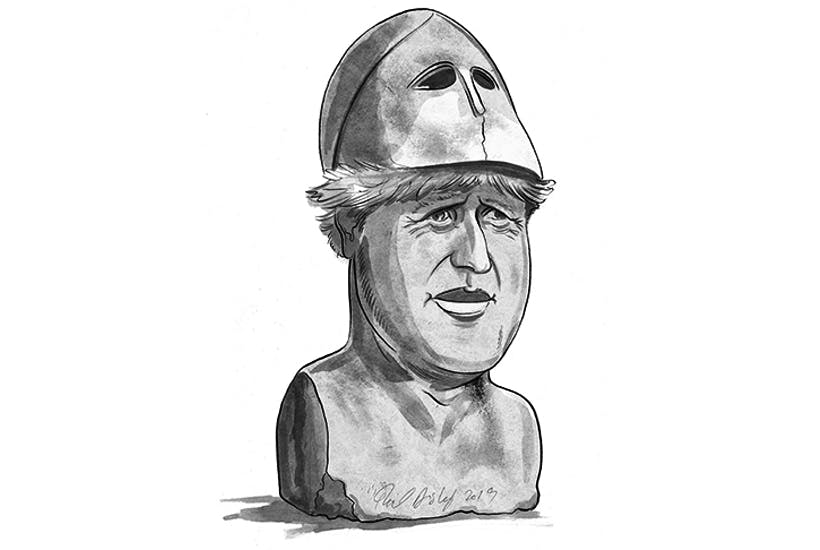
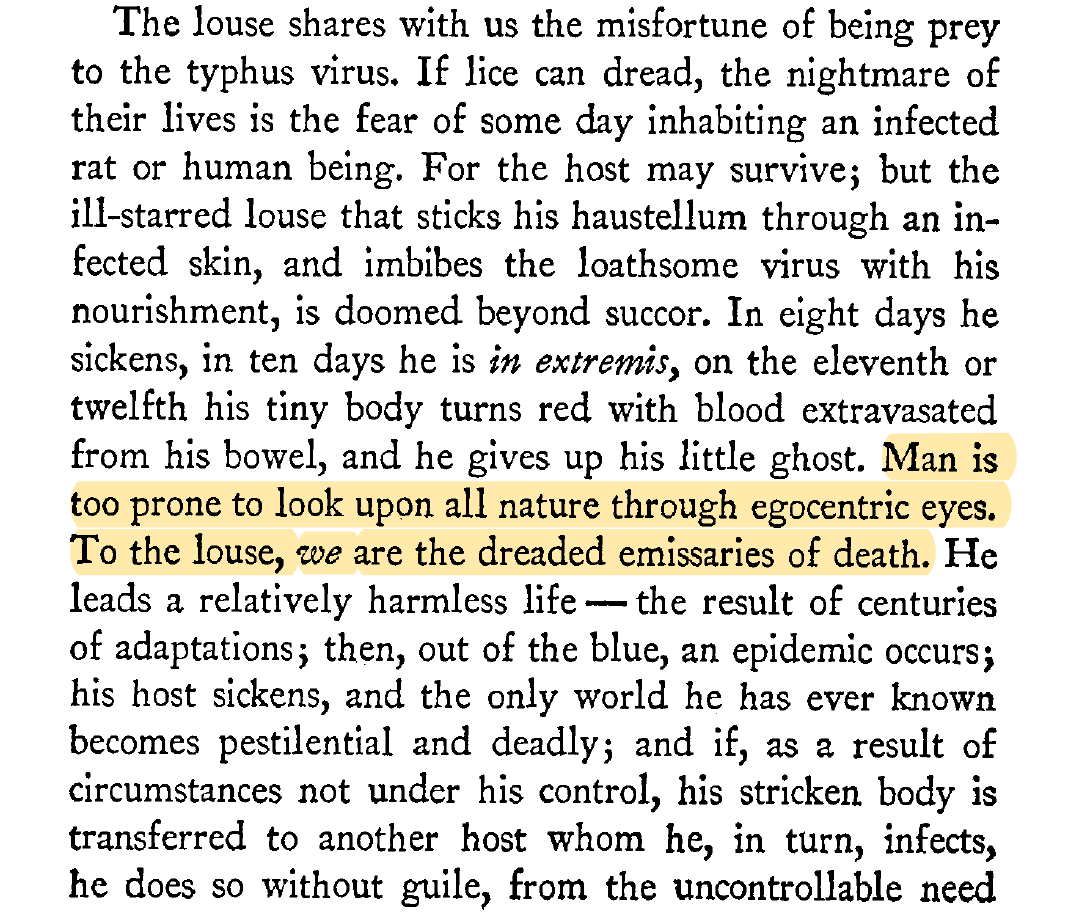
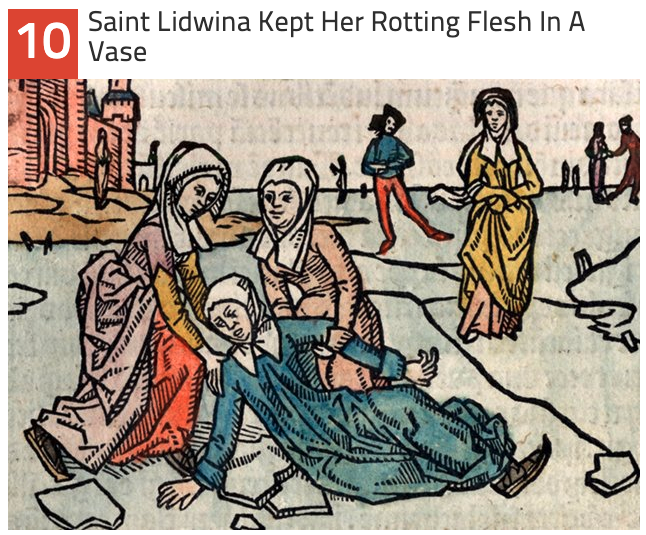

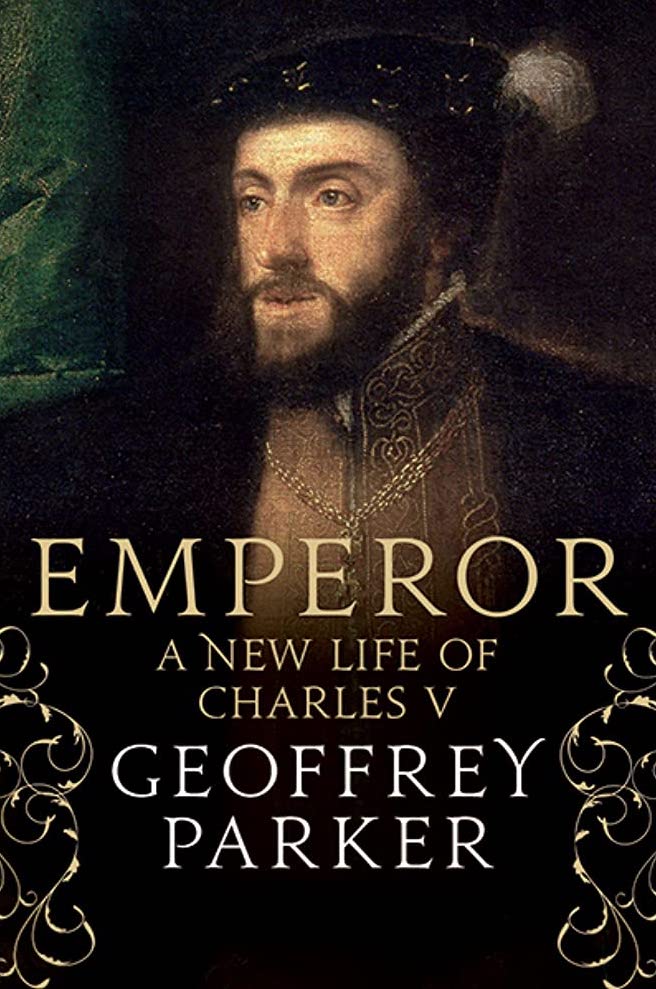

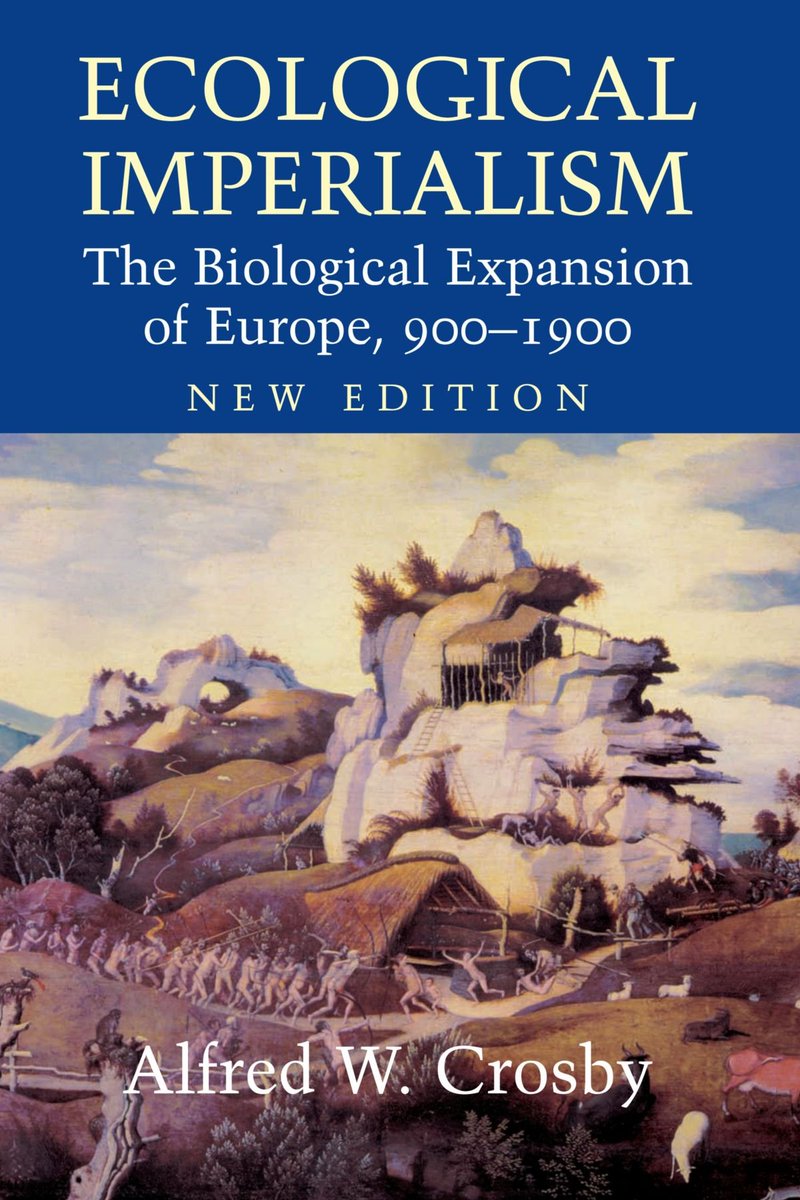
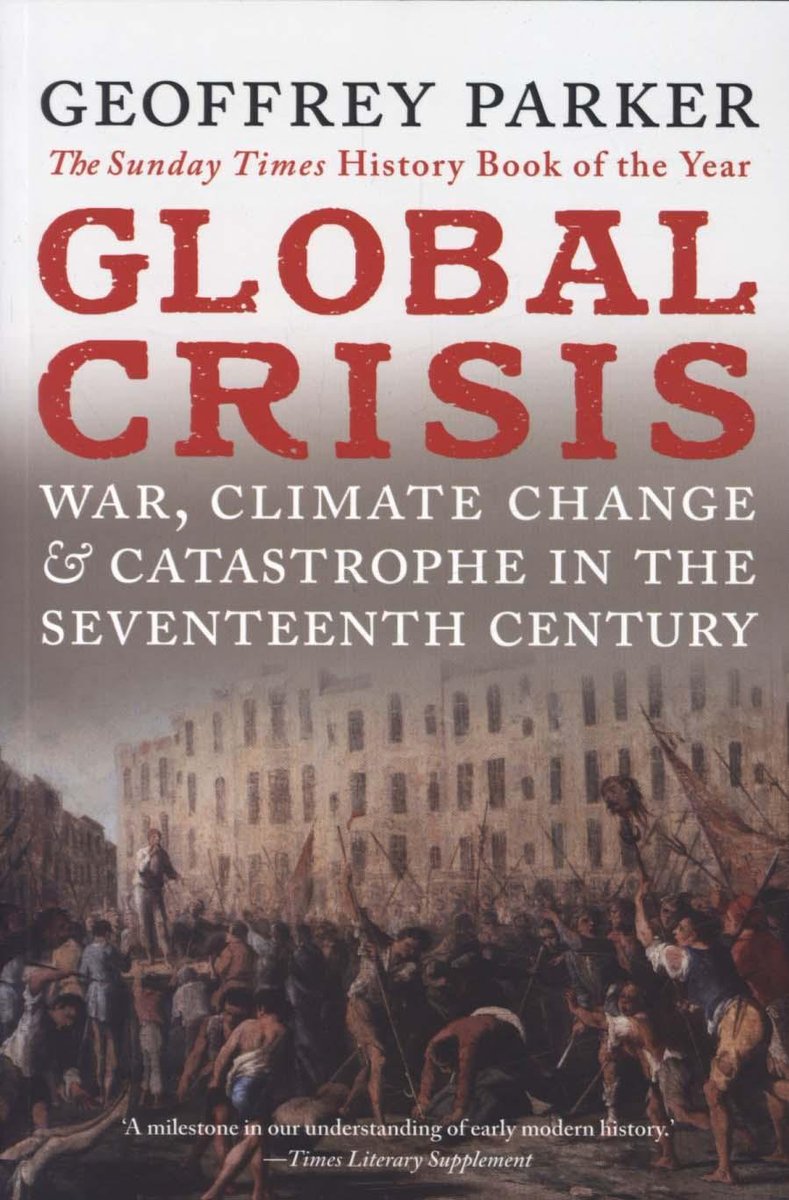
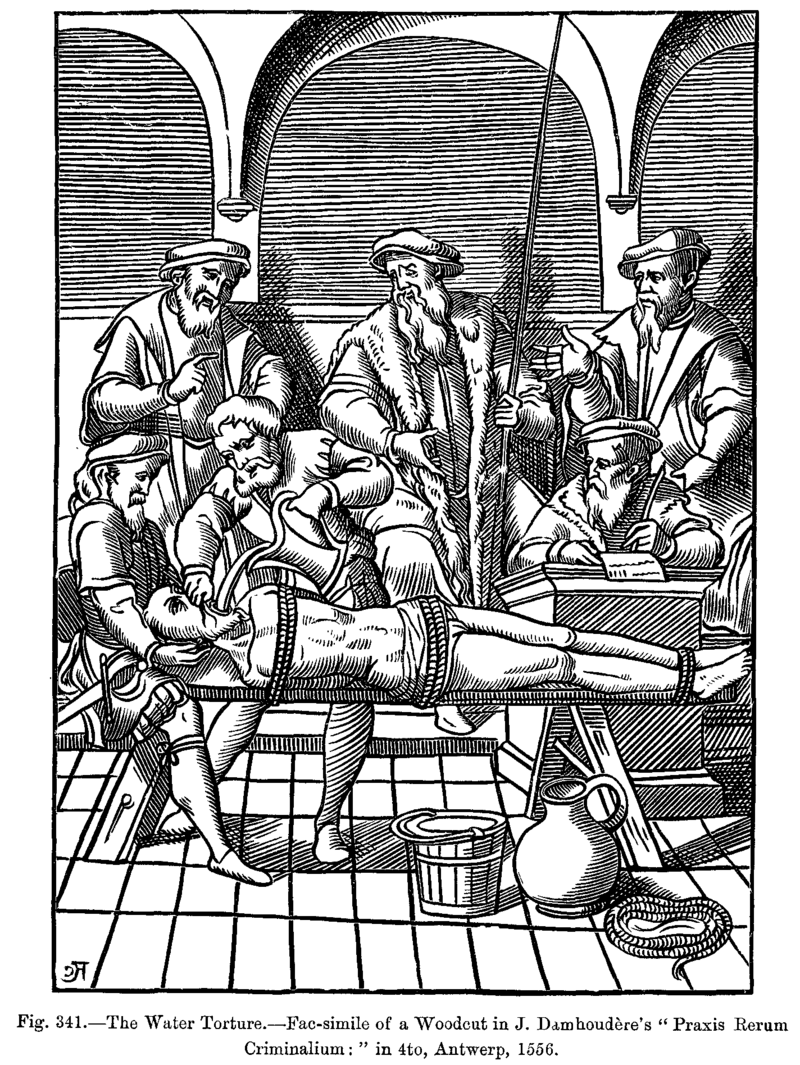
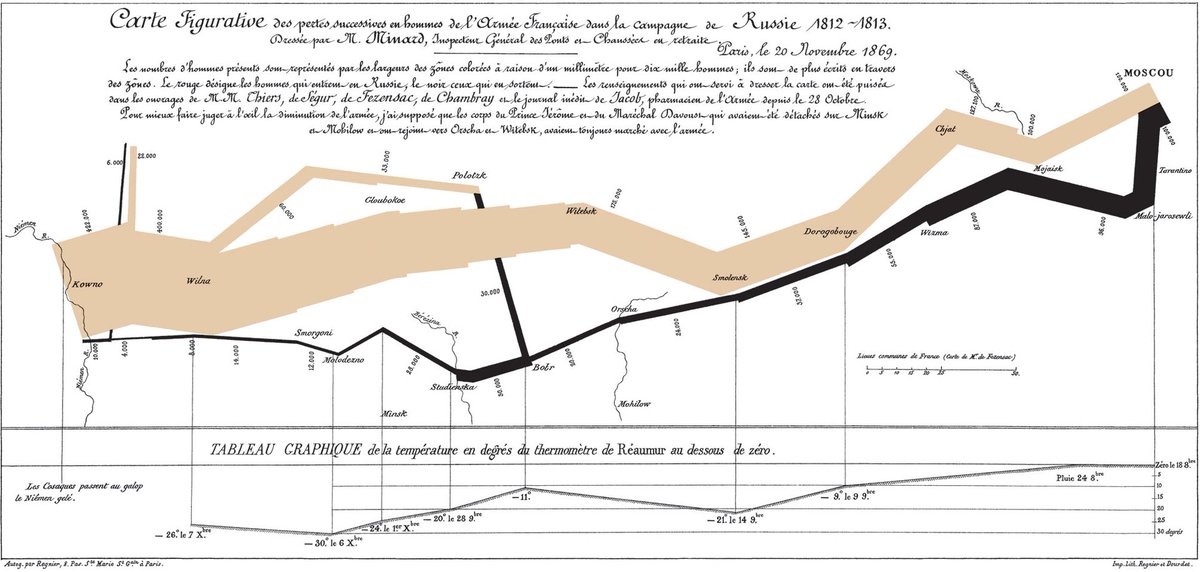 1812: Napoleon assembled the greatest & most multinational European army yet. 680,000 men invaded Russia. Within 8 weeks ⅓ were lost, largely to typhus. The Grande Armée was broken long before the famously bitter Russian winter. 50,000 made it back, typhus in their wake. 14/n" title="https://abs.twimg.com/emoji/v2/... draggable="false" alt="⏩" title="Right-pointing double triangle" aria-label="Emoji: Right-pointing double triangle"> 1812: Napoleon assembled the greatest & most multinational European army yet. 680,000 men invaded Russia. Within 8 weeks ⅓ were lost, largely to typhus. The Grande Armée was broken long before the famously bitter Russian winter. 50,000 made it back, typhus in their wake. 14/n" class="img-responsive" style="max-width:100%;"/>
1812: Napoleon assembled the greatest & most multinational European army yet. 680,000 men invaded Russia. Within 8 weeks ⅓ were lost, largely to typhus. The Grande Armée was broken long before the famously bitter Russian winter. 50,000 made it back, typhus in their wake. 14/n" title="https://abs.twimg.com/emoji/v2/... draggable="false" alt="⏩" title="Right-pointing double triangle" aria-label="Emoji: Right-pointing double triangle"> 1812: Napoleon assembled the greatest & most multinational European army yet. 680,000 men invaded Russia. Within 8 weeks ⅓ were lost, largely to typhus. The Grande Armée was broken long before the famously bitter Russian winter. 50,000 made it back, typhus in their wake. 14/n" class="img-responsive" style="max-width:100%;"/>

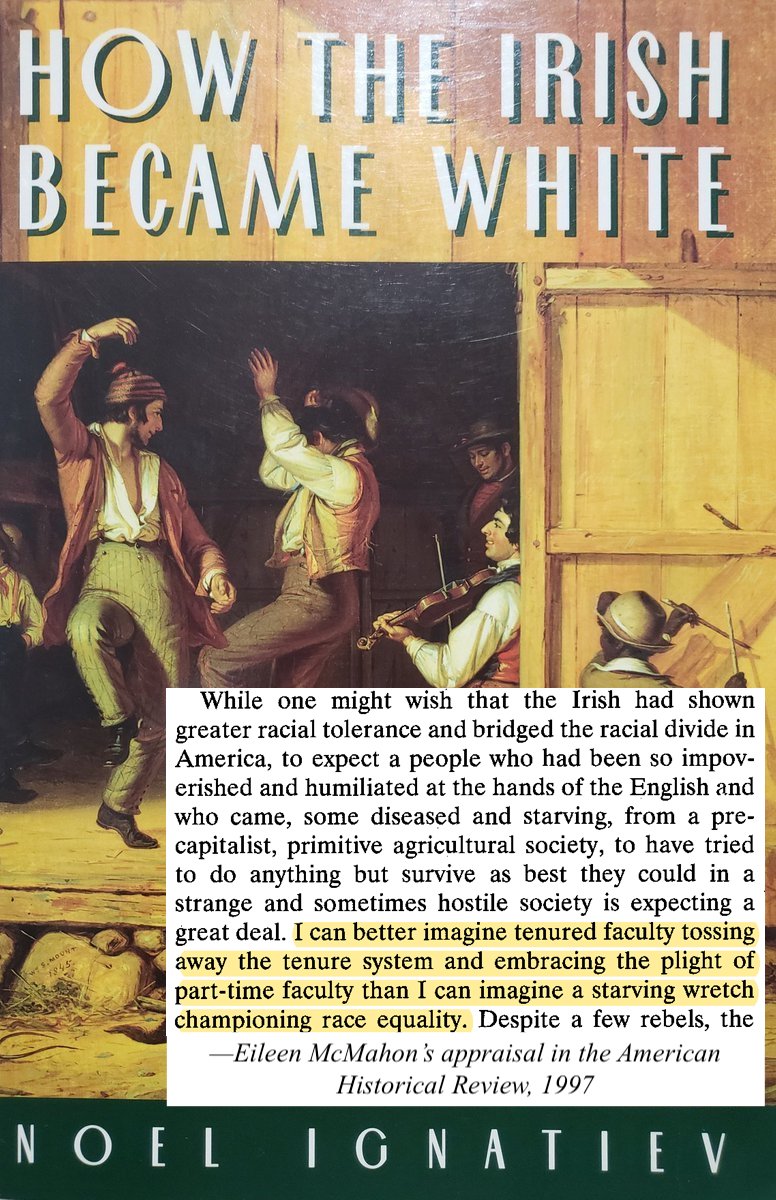
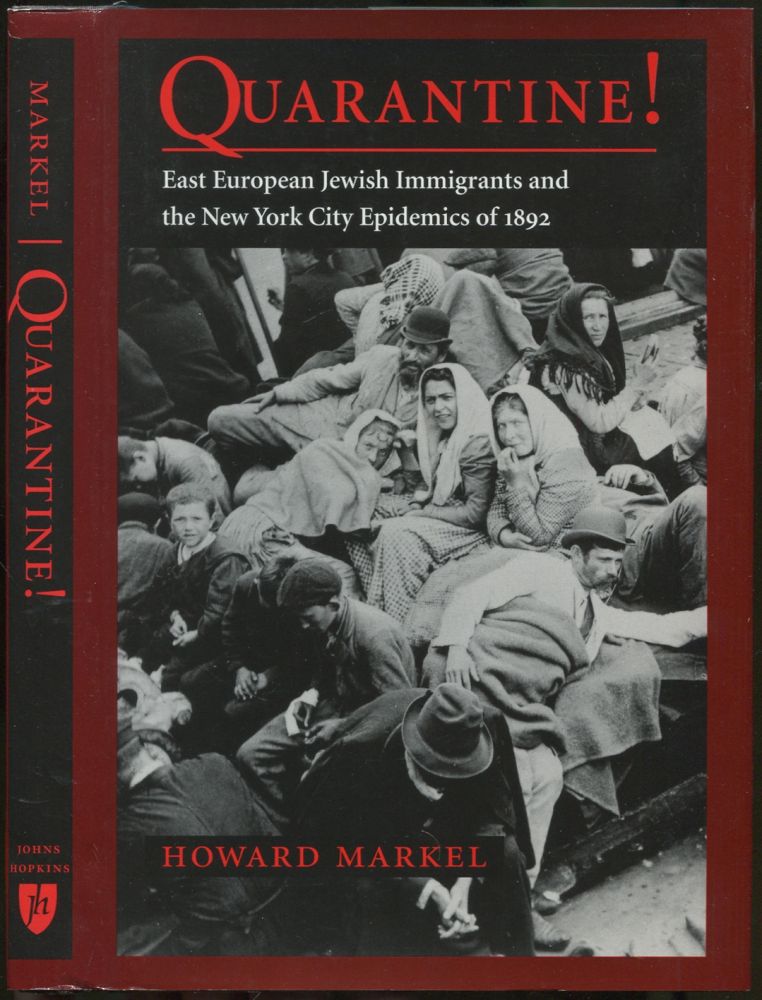
 https://abs.twimg.com/emoji/v2/... draggable="false" alt="🇺🇸" title="Flag of United States" aria-label="Emoji: Flag of United States"> observers credited Japan for developing "aseptic fighting", led by a rationalised, scientific permanent army medical corps. 18/n" title="Uplifting news arrived in 1904–5: the Russo-Japanese War was the first major conflict in which fighting killed more soldiers than disease. Huzzah! https://abs.twimg.com/emoji/v2/... draggable="false" alt="🇬🇧" title="Flag of United Kingdom" aria-label="Emoji: Flag of United Kingdom">https://abs.twimg.com/emoji/v2/... draggable="false" alt="🇺🇸" title="Flag of United States" aria-label="Emoji: Flag of United States"> observers credited Japan for developing "aseptic fighting", led by a rationalised, scientific permanent army medical corps. 18/n" class="img-responsive" style="max-width:100%;"/>
https://abs.twimg.com/emoji/v2/... draggable="false" alt="🇺🇸" title="Flag of United States" aria-label="Emoji: Flag of United States"> observers credited Japan for developing "aseptic fighting", led by a rationalised, scientific permanent army medical corps. 18/n" title="Uplifting news arrived in 1904–5: the Russo-Japanese War was the first major conflict in which fighting killed more soldiers than disease. Huzzah! https://abs.twimg.com/emoji/v2/... draggable="false" alt="🇬🇧" title="Flag of United Kingdom" aria-label="Emoji: Flag of United Kingdom">https://abs.twimg.com/emoji/v2/... draggable="false" alt="🇺🇸" title="Flag of United States" aria-label="Emoji: Flag of United States"> observers credited Japan for developing "aseptic fighting", led by a rationalised, scientific permanent army medical corps. 18/n" class="img-responsive" style="max-width:100%;"/>


